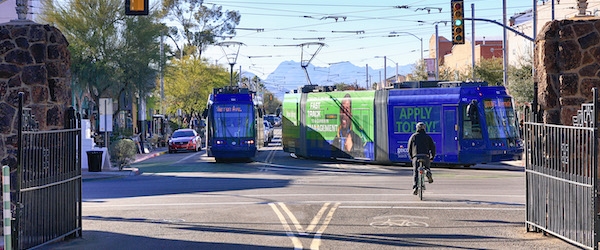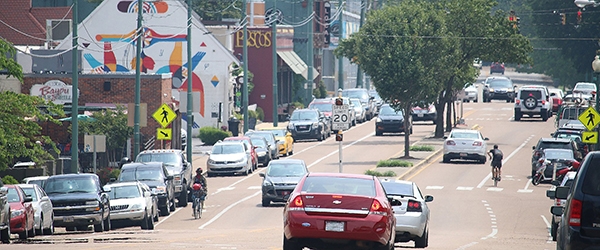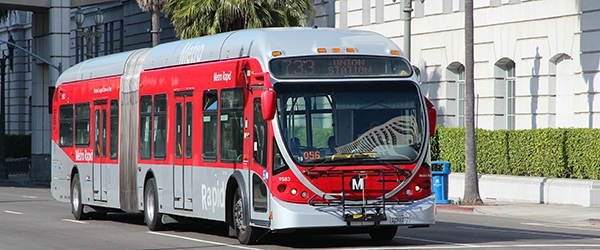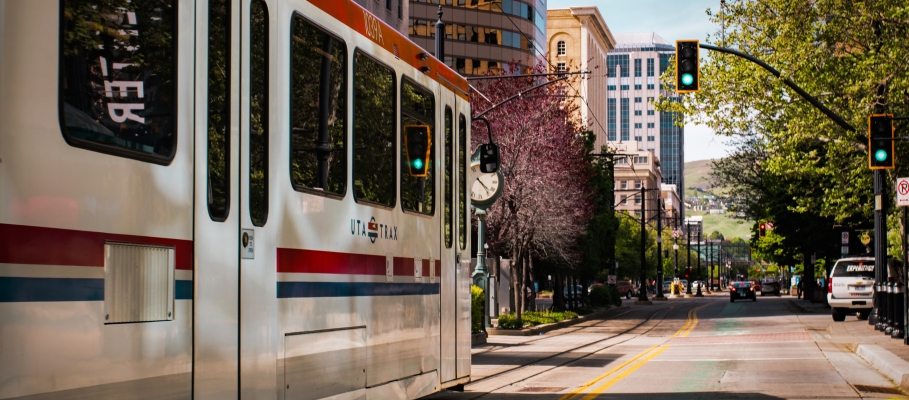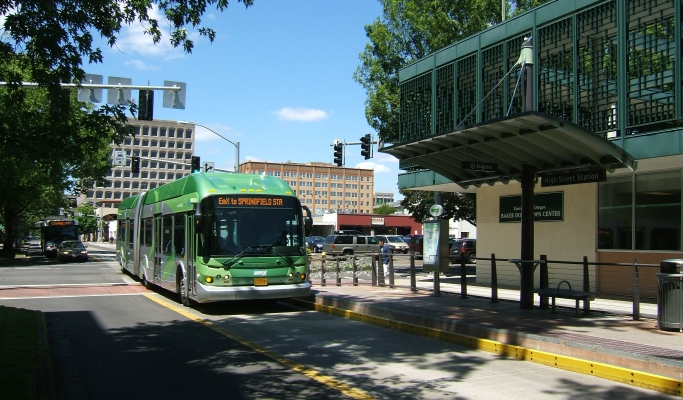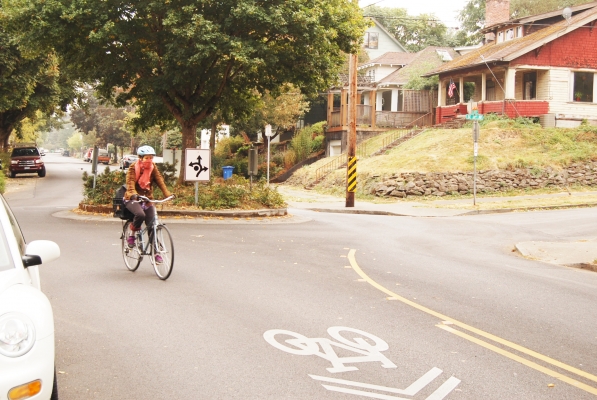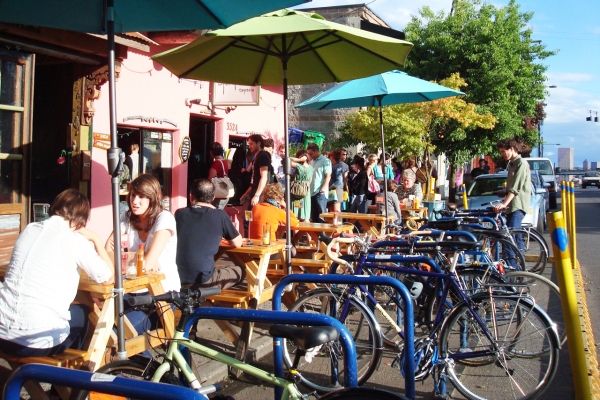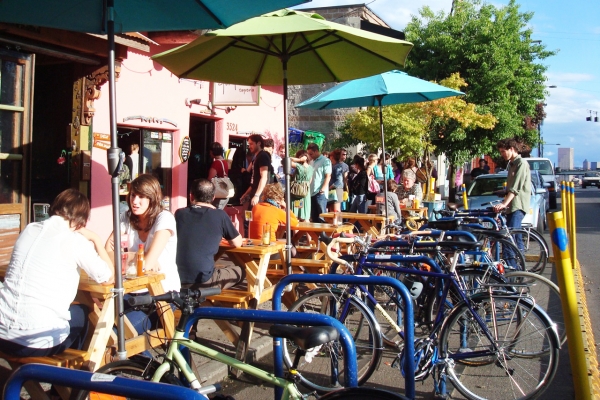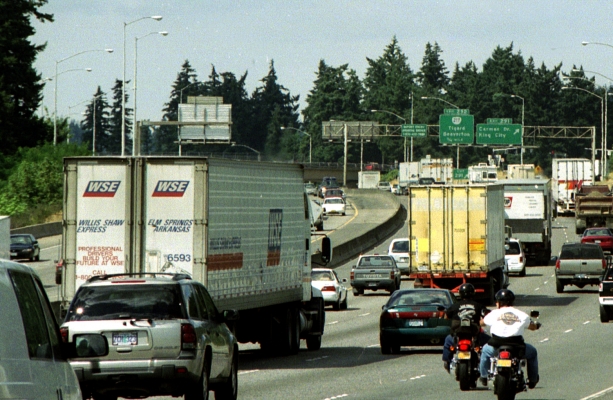The latest report funded by the National Institute for Transportation and Communities – Transit Impacts on Jobs, People and Real Estate, from the University of Arizona – represents the culmination of nearly a decade of research into the economic effects of transit. To unpack the dense and substantial findings from 17 LRT, 14 BRT, 9 SCT, and 12 CRT systems in 35 metro areas across the United States, we're telling the story in chapters starting with: how transit stations impact the location of jobs.
Arthur C. Nelson and fellow researchers Robert Hibberd, Kristina Currans and Nicole Iroz-Elardo of UA have completed the final phase of research into the development outcomes of light rail, bus rapid transit, streetcar, and commuter rail. The findings shed light on the complex interactions between transit station location and design, real estate rents, and where people live and work (watch the recent March 2021 webinar). It also offers ideas for consideration of how to improve these outcomes through better transit design and investment. The final report is presented in five volumes,...
Read more
